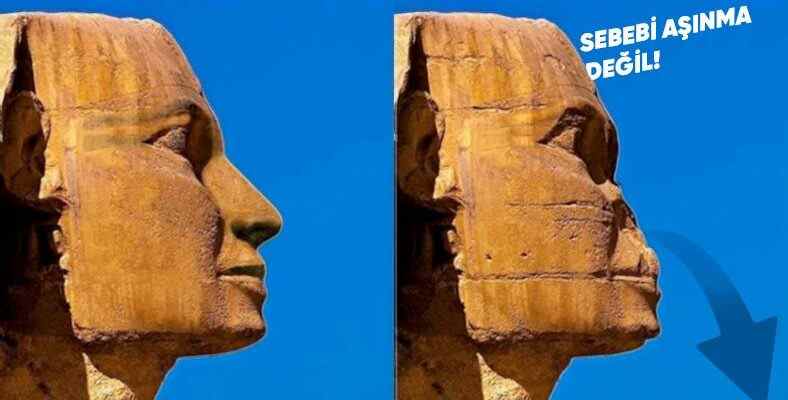Almost none of the statues from the ancient Egyptian period are intact. At first glance, the reason for this situation seems like a natural wear, but the reality is not like that at all.
one of humanity’s greatest civilizations Ancient Egypt Although sculptures are not the first thing that comes to mind, it is among the period works that we come across most in exhibitions and museums. statues and busts. Among the most obvious common features of these statues and busts is the absence of noses.
The answer to the question of why these sculptures do not have noses is quite interesting. Normal nasal structures in time disappears because it is a small protrusion in the face area. Due to different external factors, noses can wear down and fall off over time, so some sculptures on our Aegean coast are very valuable as they can somehow protect their limbs, especially the nose. However Ancient Egyptian statues That’s not the case, they were all blowing their noses a long, long time ago by human hand lost.
Breaking the mouths of the ancient pharaohs
If you think it’s normal for a 4,000-year-old limestone statue to fall off, you’re right. Because many Ancient Egypt experts, whose job it is to examine these structures, were of the same opinion. He is the Brooklyn Museum’s Egyptian, Classical and Ancient Near Eastern Collections Officer. Edward Bielberg That view didn’t change until he rolled up his sleeves to find out why statues don’t have noses.
Here is Bielberg’s attention and “the nose falls out because it is protruding” his theory shaking there is a point, also in two-dimensional reliefs nosepiece clearly damaged. This is the case with almost every relief, not one, two, or five. So what was the reason for this?
In fact, we see examples of iconoclasm i.e. statues and reliefs of former political figures, due to iconoclasm. to vandalism was exposed. The purpose of the organized actions was to break the noses of the statues and reliefs of the ancient pharaohs. The reason was politics.
It is difficult to be the head of religion and state.
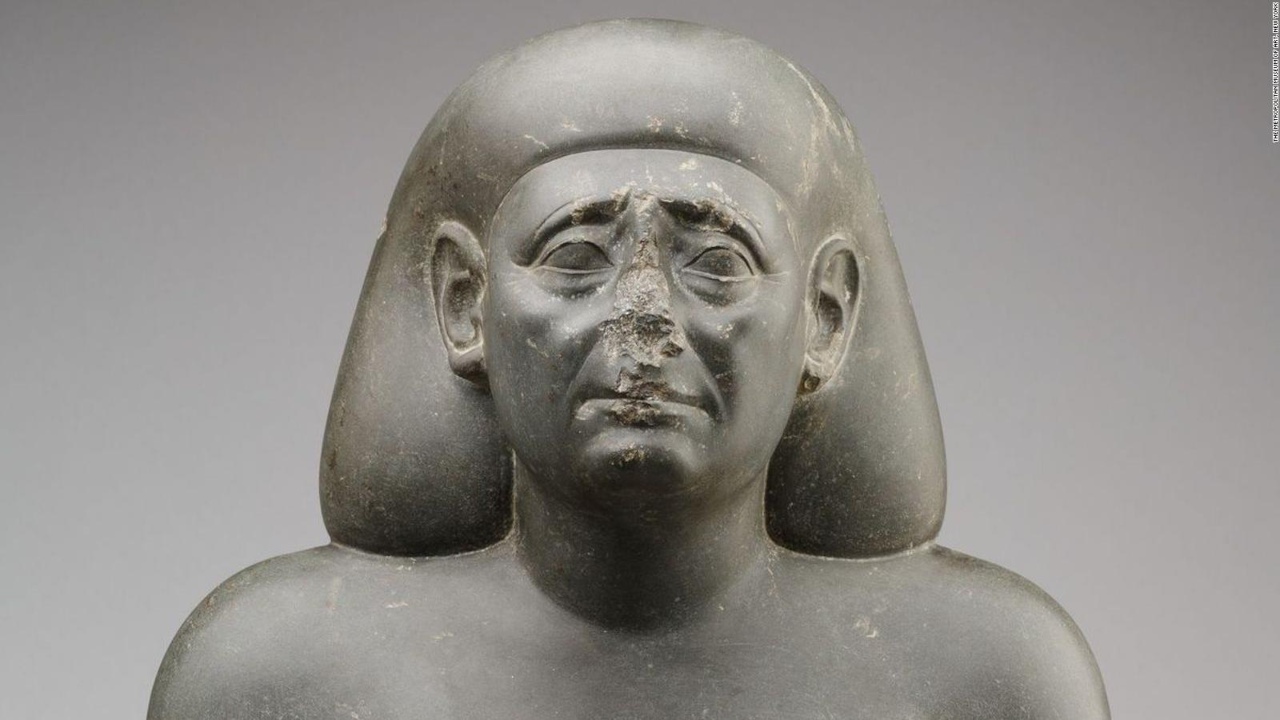
To give a quick information about Ancient Egypt, the person who carries the title of pharaoh is also a chosen god would be. Naturally, it was normal for them to want to see their statues and icons all over the country. Moreover, the elite of the period kept these works in their homes. In this way pharaoh he would have reminded his subjects of his strength.
According to the belief at that time, gods and humans your images too he had a power. According to this belief, the essences of gods or persons could live in the statue dedicated to them. Therefore, statues had an important role in performing rituals and keeping the gods nourished and powerful. Iconoclasm actions aimed to disrupt this power.
It was intended to deplete the power of the statues
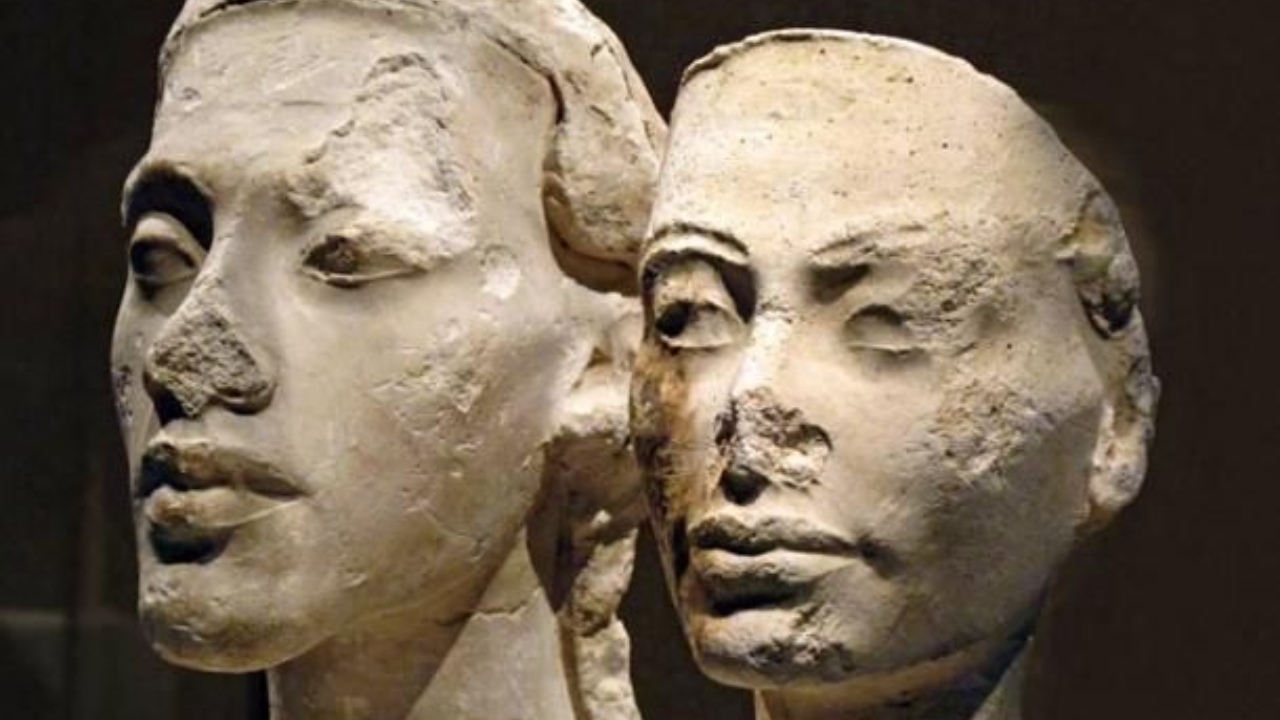
Iconoclasm acts were aimed at removing the power of statues. When a pharaoh dies, the new one replaces the old ruler. by breaking the noses of their statues distort their image. Also, the noses were broken. “to breathe” and prevented her from feeding. Thus, the divine powers of the works would also disappear. With this logic, if the statues were taking an offering, their right hand would be broken, and if they were offering something, their left hand would be broken and this power would also be destroyed.
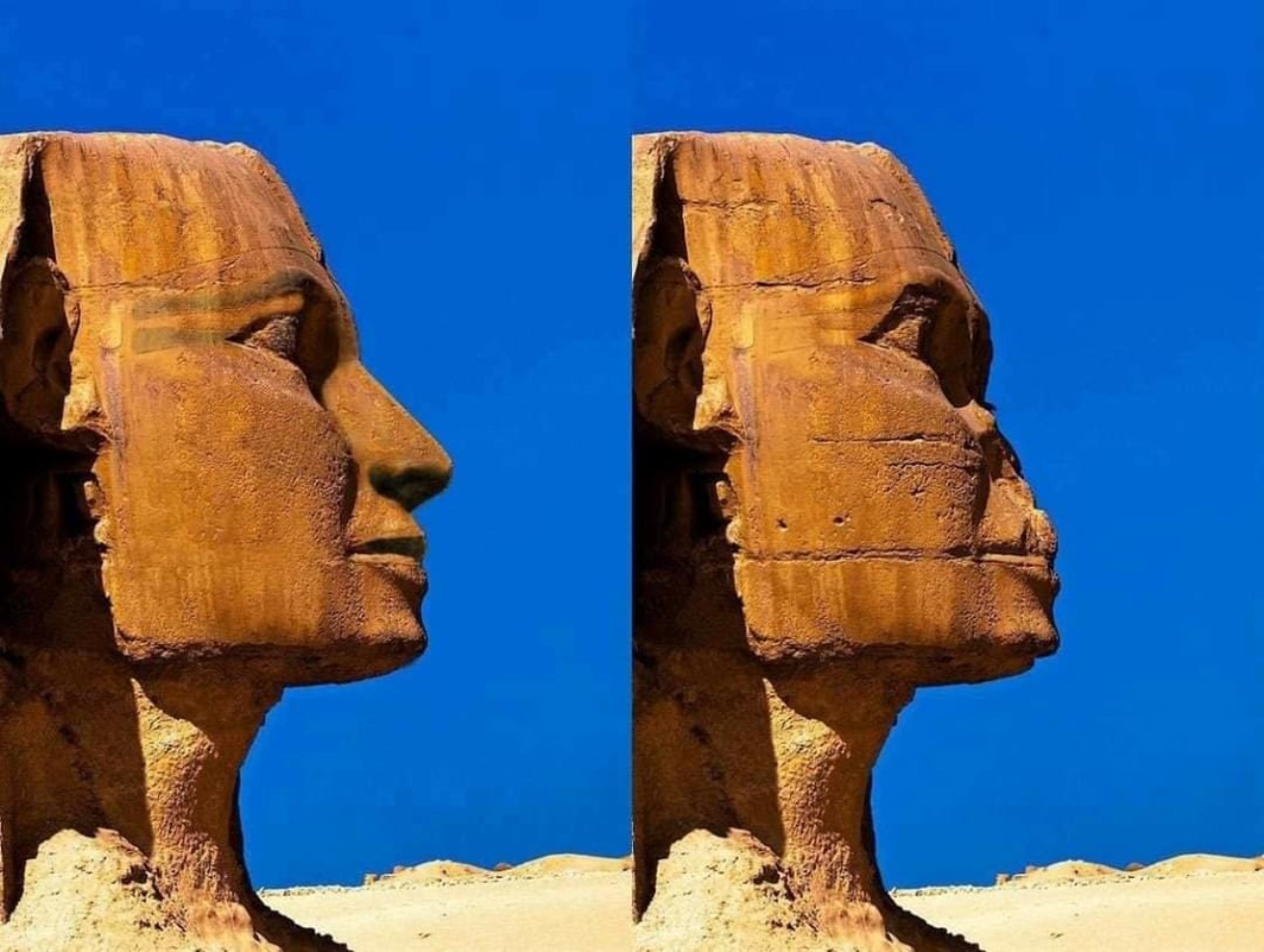
acts of iconoclasm widespread and systematic. We can understand this from the texts of that period. In many written texts, it is possible to see the reservations of the pharaohs and people about damaging their own depictions. Most pharaohs issued decrees declaring that they would impose terrible punishments on those who harmed their image.
Iconoclasm could also be sexist
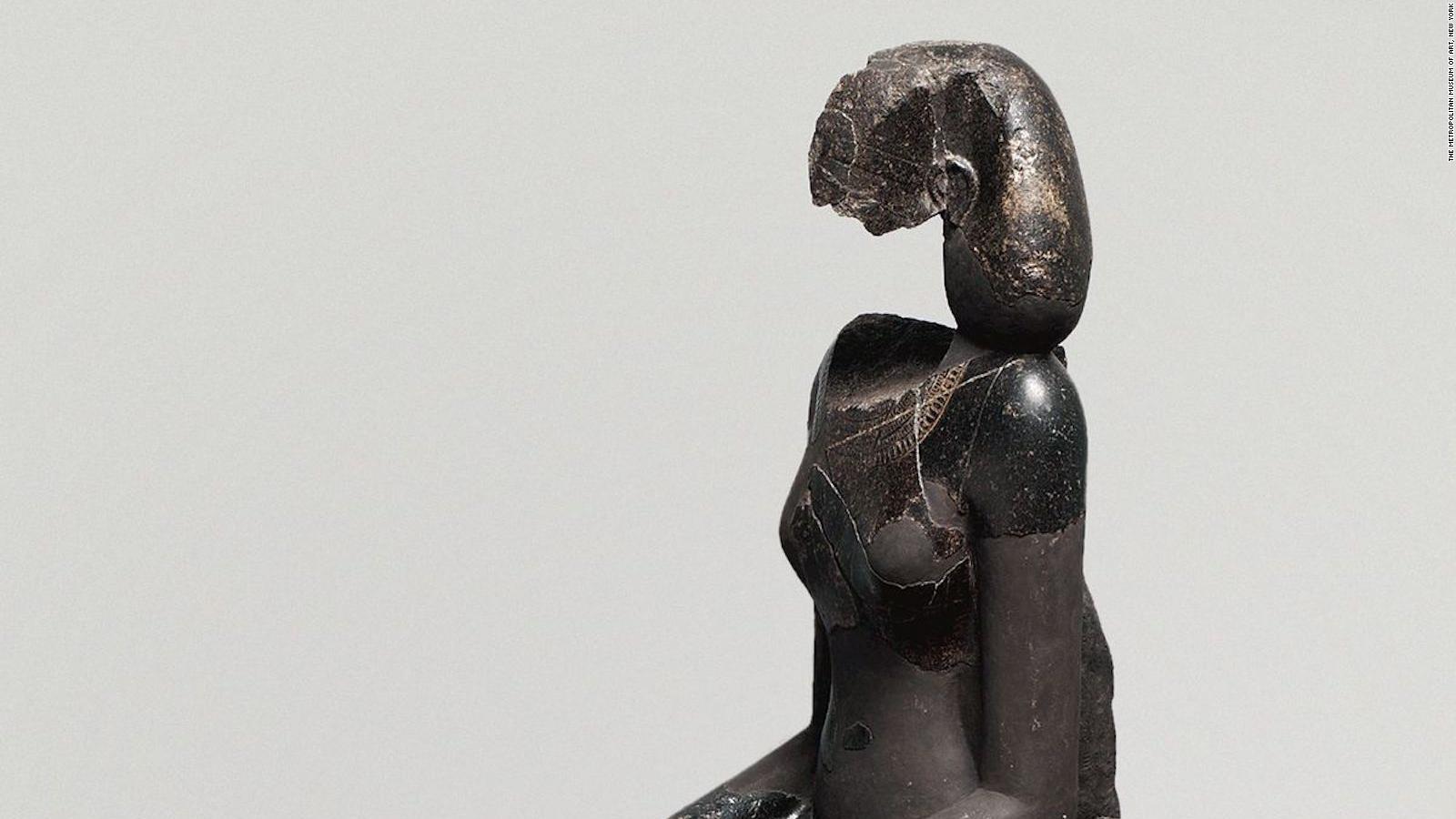
According to Bielberg, the iconoclasm act, which was carried out mainly for political reasons, also allowed ambitious rulers to write history as it pleased them. Gender too shape and density of iconoclasm could be effective. one of the queens of ancient Egypt Hatshepsut and Nefertiti’s their legacy had been largely erased from visual culture.
Among these examples, Hatshepsut ruled with her son when her husband died. Son III: Thutmose, to carry the right to rule when his mother died to his own family tree and his son II. He wanted to enthrone Amenhotep. That’s why he started an organization to remove all statues of his mother.
In Bielberg’s view, acts of iconoclasm were not committed by a group of ignorant slaves. highly skilled was made by people. Accessing and removing certain pieces of sculpture was no easy task. This job, which requires knowledge, could not be done by chance.
There are examples of iconoclasm in other cultures.
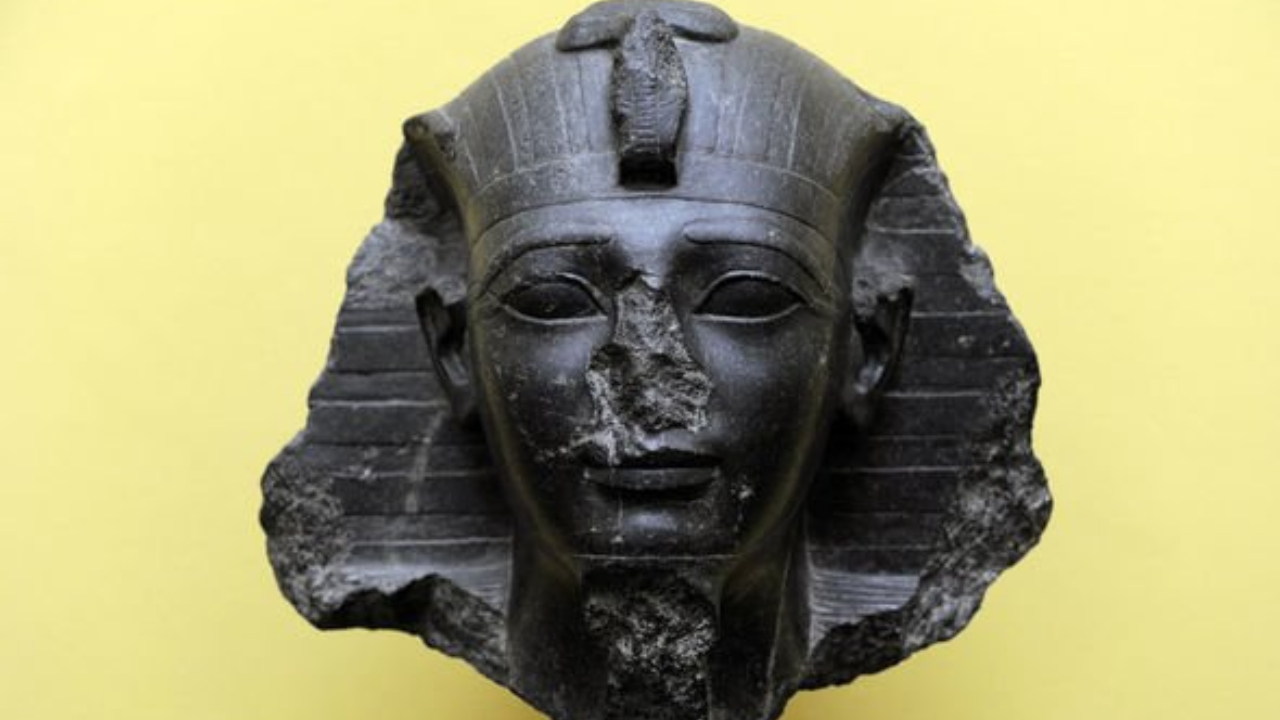
In fact, iconoclasm is a practice that continues in different forms even today. One of the first things the US did during the Invasion of Iraq toppling Saddam statues or it was overthrown. Thus, a message was given to the society by demolishing the symbols of Saddam’s authority.
A statue of Aphrodite from the ancient Greek period example of iconoclasm It’s pretty obvious that it’s broken. In addition to the broken pieces of the statue, the fact that a cross is engraved on its forehead gives a very clear idea of who did this work.
